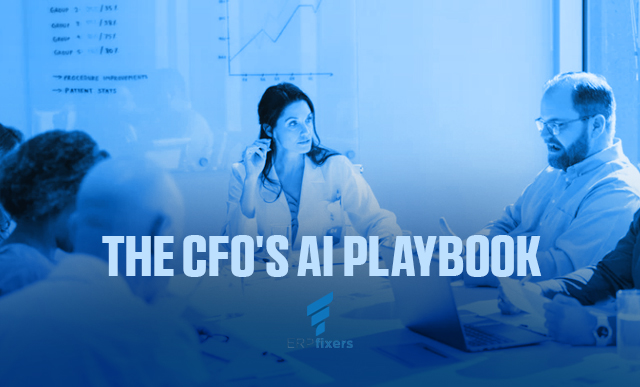Leveraging Machine Learning (ML) in Spend Analysis solutions
Meet the Experts
Machine Learning (ML) based algorithms are slowly percolating into a wide variety of supply chain solutions and spend analysis solutions are no exception. In this article, I share few ways Machine Learning (ML) algorithms are already being used or can be used in spend analysis context. Note that these suggestions are focused only on spend analysis and not on the end to end procurement process or the entire spend management process. There are many more applications of ML in strategic sourcing domain (an example being algorithm driven sourcing).
Data cleaning: Unsupervised Machine Learning (ML) algorithms can be used to clean bad data. An example is vendor name and product description rationalization. This is a very significant application in my opinion since the world of analytics is pivoted on Garbage-In-Garbage-out (GIGO). Improving data quality enhances every other application area listed here. While I have mentioned only a couple attributes here (vendor name and product description), if you have work on spend analytics projects, you know that there are several attributes/fields that can leverage this ML enabled rationalization.
Data categorizaton : AI algorithms can help categorize, clean and classify the data automatically. A Supervised Machine Learning (ML) classification algorithm can automatically categorize transactions into spend categories, even if user does not enter the correct category or enters a wrong category. While this is just one example, multiple types of classifications can be done on transaction data.
Explore related questions
Anomaly detection: “Fat finger” errors are common when data is manually entered in spend systems. ML enabled anomaly detection works at two levels. First level is when the user is entering the information. The ML algorithm, based on other features of the transaction, like vendor, material ID, material type, material description, supplier, quantity etc. can flag any “fat finger” errors, since it would know from its “training” that the spend amount should be within a certain range. The second level is where the user still decides to go ahead and enter the amount, the algorithm will flag it as an anomaly and will trigger a notification to the concerned person.
Audits: Audits tie closely with analmoly detection as well as contract management. A contract management module with “digitalize” all key quantitative aspects of a contract which a Machine Learning algorithm should have access to. As an example, consider a situation where you have a multi-tiered volume discounts with a supplier but the total spend amount that was paid does not align with the that agreement. Organizations with smart spend audit capabilities can save millions in spend.
Supplier categorization and performance management: Both supervised and unsupervised approaches can be leveraged in my opinion. You can use an unsupervised algorithm to help you create your supplier groups the first time and understand how those groups are being created (what features are driving which clusters). Supervised learning algorithms can be a great way to automate supplier classification and performance management. A trained supervised ML algorithm will categorize suppliers based on certain criteria and can also assign performance levels to them.
KPIs and Benchmarking: A smart tool, that has accesse to publicly available external benchmarked data, can perform both internal and external benchmarking. Internally, it will not just calculate KPIs but should perform augmented analytics, by presenting to the user the factors that impacted the numbers being calculated. External benchmarking is not just about comparing KPIs with other best in class companies but can also help evaluate spend sanity. An example is where the algorithm the price of a commodity on a transaction with publicly available commodity indexes.
What does this mean for SAPinsiders ?
- If you already have SAP Ariba, some of these aspects like ML enabled data enrichment, contract intelligence and invoice reconciliation are already available to you. SAP has a robust roadmap for Ariba that intends to transform it into a truly intelligent spend management tool.
- There are many third party spend management tools and platforms as well that have ML based capabilities embedded in them and can integrate efficiently with SAP data. Selecting the right one depends on many factors though which are outside the scope of this article.
- To build additional cvustomized ML calabilities within your SAP Ariba environment, you can leverage SAP Leonardo. Leonardo has the ccapability to utilize SAP Ariba’s Open Application Programming Interfaces (APIs) to retrieve data from SAP Ariba instance(s), providing you the ability to leverage that data for your custom algorithm.









